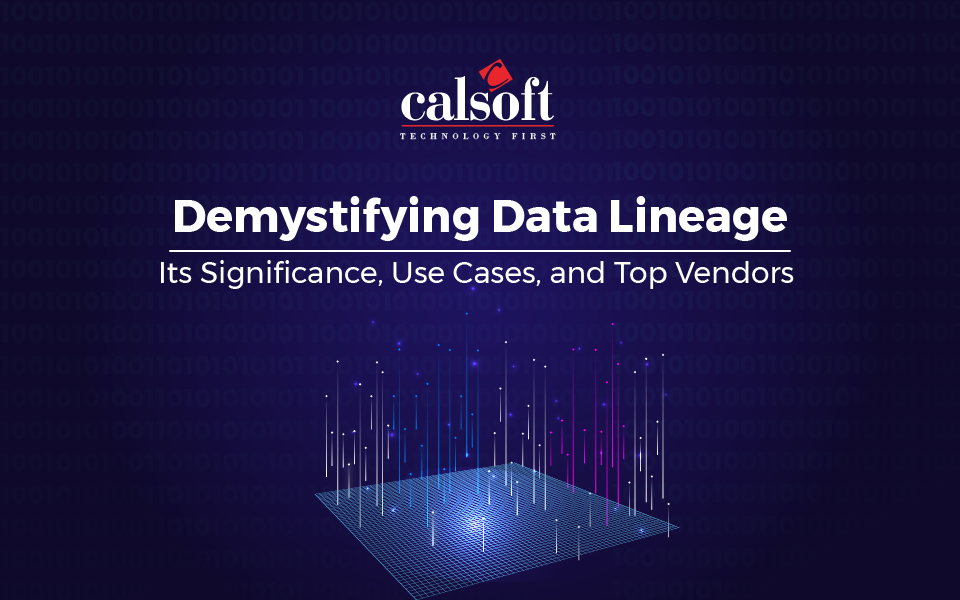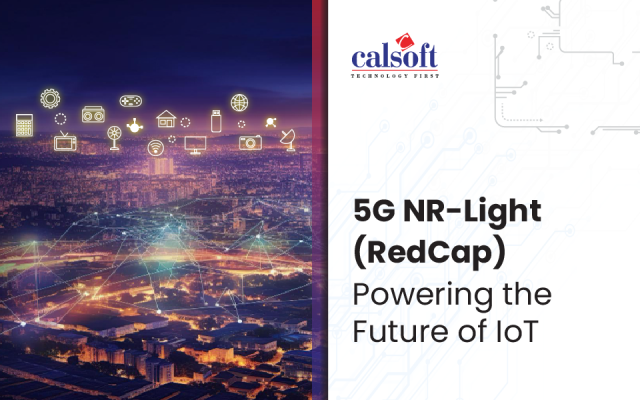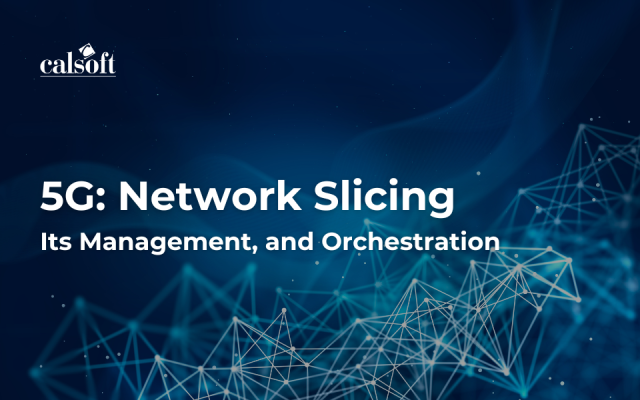Data lineage has gained immense significance in recent years due to the increasing adoption of data-driven strategies by businesses.
In highly regulated industries like finance and healthcare, data lineage plays a vital role in ensuring data governance and compliance. It enables organizations to demonstrate data provenance, making it easier to trace the origin of data elements and maintain transparency in their data processes. Moreover, data lineage has become a crucial component in supporting data lineage automation tools, making it easier for companies to manage and visualize complex data pipelines in real time.
Data Lineage: An Introduction
Data lineage refers to a comprehensive understanding of the database, offering valuable insights into how metadata has been utilized, including queries run on datasets and other operations. By exploring data lineage, organizations gain a clear perspective on how data flows within their systems.
This perspective is enhanced by examining various sources of information, such as organizational metadata, data dictionaries, and machine learning models. These resources serve as valuable references for the database administrator in managing the data ecosystem effectively.
Data Lineage for Data Warehouses
Moreover, data lineage enables the mining of large databases to discover meaningful patterns within the data warehouse, empowering businesses to make informed decisions based on the knowledge derived from the data’s journey and its interactions across the organization.
A very thorough analysis of the Datawarehouse can be established. Entire queries in the data warehouse can be analyzed to find patterns in how the queries are executed. Some organizations are using a separate set of tables to keep track of the Data lineage process. Data lineage is represented and keeps track of how data from errant sources enter the organizational data warehouse. When an organization needs to conduct a marketing survey and the survey may contain a varied set of fields. These data sets can be structured using a table and then queries executed on the database. Machine learning models can also be developed on the data. This whole set of organizational data helps to find patterns.
The various granularity levels of data lineage are,
- Entity level: This type of granularity identifies the dependency in a set of tables
- Column level: Used extensively in Data Governance
- Record level: Computer forensics investigates this type of data lineage
Use Cases of Data Lineage
- Data Modeling: Organizational Data can come from various sources including Structured, Semi Structured data. The data sources can help in finding patterns in the data. This data can be used to gain insights. There have been scenarios where large organizations have a separate set of tables to keep track of the data lineage across the organization.
- Computer Forensics: Computer forensics deals with tracking down criminals. Data lineage provides a backdrop using which the flow of data can be analyzed to aid in tracking criminals.
- Data Governance: Recent years have shown there has been a very strong urge to meet organizational compliance (HIPAA compliance, Basel Norms). Data lineage helps achieve these standards.
- Improve Data Quality: Data is an item that is useful when it is used under the jurisdiction and as processes evolve in a company so does the data. It is very important to keep track of the changes in the data as the organization evolves. This is achieved using data lineage.
- Data Migration: As organizations evolve so does the infrastructure and organizations need to migrate the data to better infrastructures, Data lineage provides an efficient methodology for ETL as it makes data migration efficient and accurate.
Top Vendors Offering Data Lineage Services
Let’s explore the leading players in this field, each contributing unique solutions to ensure data governance, compliance, and improved decision-making.
- Dataplex by Google Cloud: Leveraging advanced data lineage capabilities, Dataplex empowers organizations to manage complex data pipelines efficiently and gain insights into data movements.
- Power Bi & Power Bi Pro: Microsoft’s Power Bi and Power Bi Pro provide comprehensive data lineage features, enabling users to trace data origins and transformations in interactive visualizations.
- Octopai: Specializing in automated data lineage, Octopai simplifies the tracking and understanding of data lineage across various data platforms, enhancing data visibility and governance.
Calsoft recently partnered with Octopai to accelerate digital transformation for customers using data lineage. Read the news here.
Conclusion
Organizational data is like gold and effective ways to mine this data can benefit the entire organization and the customers it caters to. The organization needs to keep track of the data right from its source till it is effective enough to aid in decision-making, security, and Data quality. Data lineage provides a framework to harness effective decision-making using this data.
Write to us at marketing@calsoftinc.com to book a meeting with our Data Experts for a free assessment of your data landscape.







